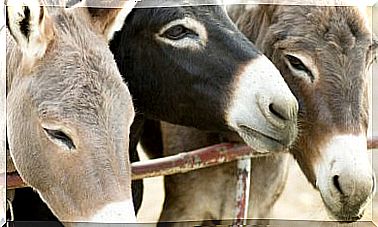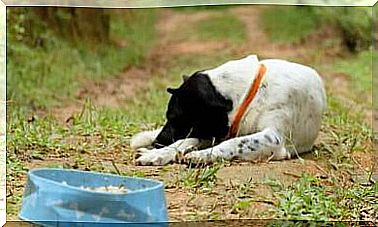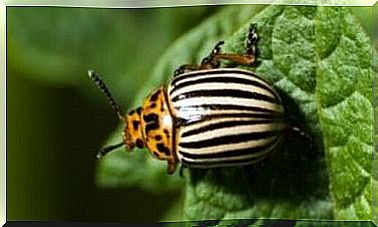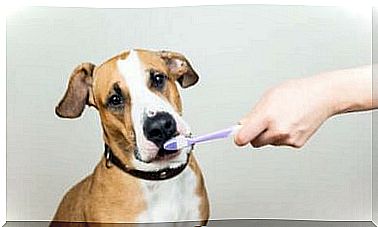Animal Poisoning, How To Intervene On Dogs And Cats
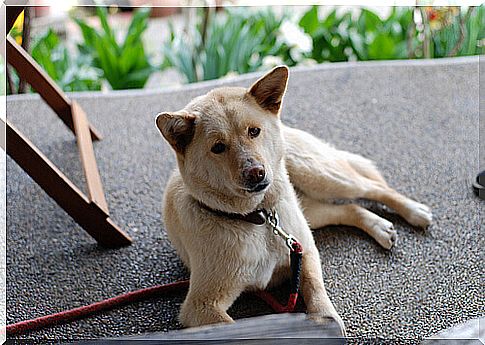
Although dogs and cats have a very effective and powerful sensory system (especially if we are referring to smell), curiosity or hunger can often lead your pets to ingest inappropriate or even poisonous substances, unfortunately. Animal poisoning is a real danger for anyone with a pet in the house.
The consequences of a possible poisoning can sometimes be very serious. That’s why we decided to give you a series of information and suggestions to be able to intervene quickly and effectively.
How to recognize the symptoms of animal intoxication
Many times your dog or cat finds himself playing in the garden, biting, licking or swallowing plants, insects or small objects … Without knowing, of course, that it is something that puts his safety at risk. Therefore, it is essential that you as masters teach them not to ingest flowers, shrubs or anything else without permission. Also, educating them to respect your ‘stop’ or ‘spring’ commands.
Likewise, it is essential that you always pay close attention when taking your pet for a walk. In the park, on the sidewalks, between alleys and puddles of water poisonous plants, chemicals, waste can hide … Or even food in poor condition and even poisoned, which can cause annoying and dangerous animal intoxication .

There are three forms of intoxication for a pet:
- when the substance comes into contact with the skin ( cutaneous route )
- or if it is inhaled ( by air )
- and finally when it is ingested ( orally ).
The symptoms of animal poisoning will, of course, depend on the substance your cat or dog has ingested and the amount of it. The most common are vomiting, diarrhea, excessive salivation and breathing problems. It may be that the animal feels weak, refusing to eat and giving up any physical activity.
Dangers inside and outside the home: plants, detergents and poisons
In addition to paying attention to the signals that the animal is sending, another way to know if your pet is intoxicated is to know the species of plants that are in your garden or patio. The most dangerous are: laurel, croton, ivy, peace lily, fern, ficus, blue hyacinth, mistletoe, lily and holly.
As mentioned before, even in your apartment there are an infinite number of dangers. You are sure to have plenty of soaps, detergents and other cleaning products. Always keep everything in order and out of the reach of pets.
Lately, then, the news provides us with alarming news about the terrible practice of poisoning dogs. In some condominiums and neighborhoods, unscrupulous people litter the streets with poisons, often inserted into meatballs or other food, to take revenge for the “disturbance” caused by unarmed animals.
First intervention against animal intoxication
The main advice is always to go to the vet as soon as possible to have the animal examined and determine the causes of the poisoning. In any case, it is possible to carry out a first emergency intervention even at home. The techniques or recipes you can use will greatly depend on the type of intoxication. It is therefore essential to first be sure of the causes, in order to save the life of your dog or cat.
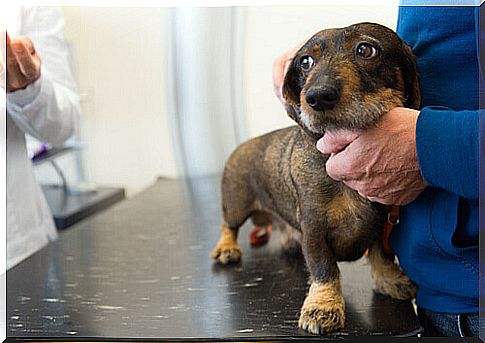
For example, in the event that the reaction occurs on the skin, for contact with a plant, the solution is very simple. Just wash the affected area with warm water and mild soap or another pet-tested product. If the poisoning has occurred from inhalation of some chemical, the best thing to do is to take the animal to an outdoor place or, if you are indoors, to ventilate the room.
Finally, if your pet has been intoxicated by ingesting a dangerous substance, it will be necessary for him to expel it through vomiting, which can be induced in different ways. It is advisable to consult your veterinarian in advance to avoid an even worse reaction.
Inducing vomiting and other remedies
To make your dog or cat vomit, you can give him a spoonful of water mixed with salt, which must be introduced with a syringe (without a needle) into the throat. You can only perform this procedure twice and then wait for it to take effect.
The alternative is to give your pet a drug remedy capable of cleaning the intestines and causing the evacuation of toxic substances through the feces. Some products such as activated carbon work excellently. Other homemade remedies can be milk with oil or even toast, preferably burnt.
These are all operations that you can carry out while you wait for the veterinarian to arrive or go to the nearest emergency room for animals. Try to convey calm to your dog and cat by keeping them calm. To do this, lay them comfortably on a mattress or pillow, placing a bowl of fresh water next to it if you are thirsty.
Finally, it is worth noting that prevention is essential to avoid intoxication episodes in your dog or cat. Keep the most dangerous products for domestic use well hidden and closed, closely monitor your pet, especially if you take it to new and unusual places, get it used to obeying your commands and never accept food from strangers.
